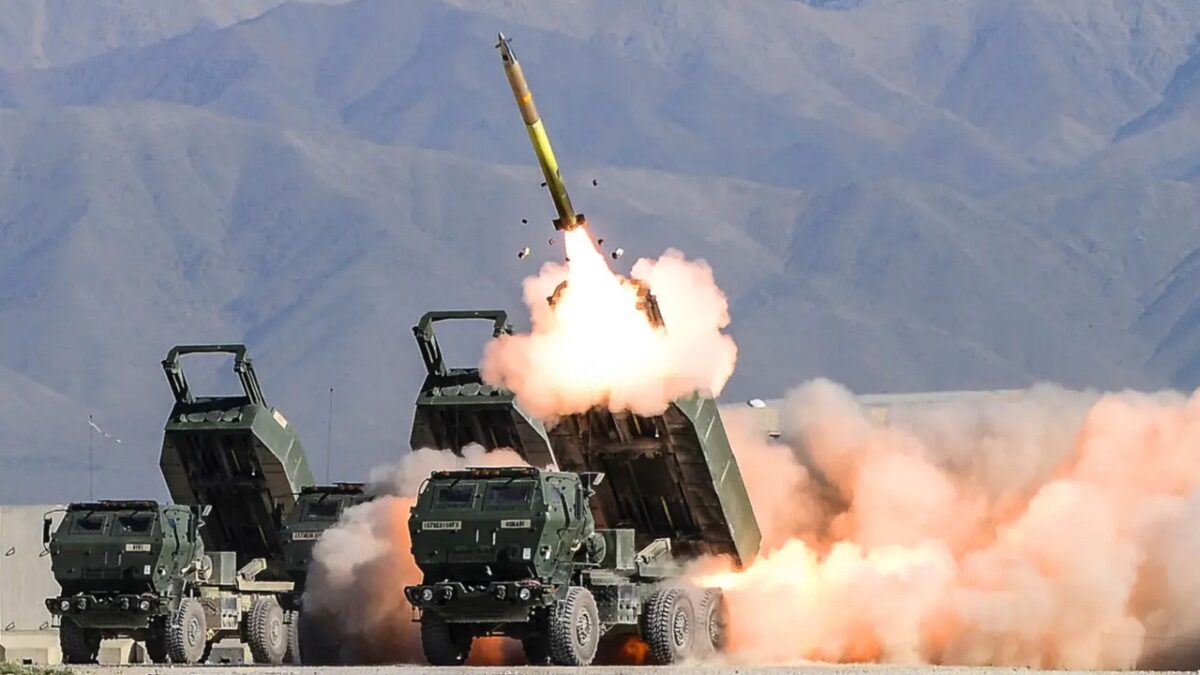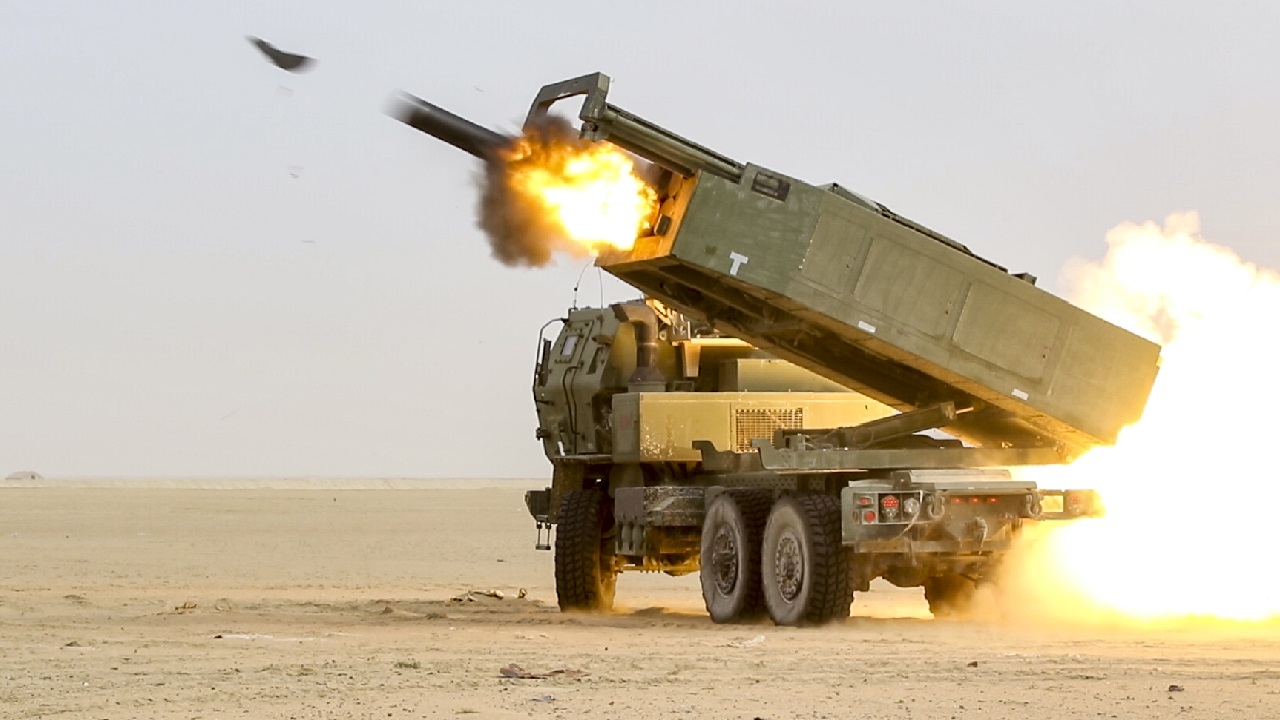To better take the fight to the enemy and maintain the momentum of the counterattack, the Ukrainians need more firepower. And they are getting it in the latest $1.1 billion military aid package from the United States, announced on September 28. Eighteen High Mobility Artillery Rocket System (HIMARS) launchers are on the way to Kyiv. These lethal rockets have been effective against Russian supply depots and ammunition dumps. The United States had previously sent 16 HIMARS launchers so this will more than double the numbers.
But Ukraine Can’t Wait for HIMARS
Unfortunately, this new batch of rocket systems will take a “few years” to be constructed and delivered, which is not the news Kyiv wanted to hear. But 20 other countries will grow their defense industries to make more powerful weapons for Ukraine. The U.S. aid flows from the Ukraine Security Assistance Initiative which funds contracts for overseas delivery to Ukrainian forces. The total military assistance from the Biden administration is nearing $17 billion.
The Pentagon is using “drawdown authority” to quicken the handover of HIMARS launchers and rocket ammunition to the war-torn country. But HIMARS must be built rather than taken from existing supplies.
Weapons for the Long Haul
A senior Pentagon official speaking on condition of anonymity in a DOD news release said, “If we don’t invest today to procure HIMARS for the future, they won’t be there when the Ukrainian armed forces need them down the road,” the official said. “This is a really sizable investment and it’s intended so that down the road, Ukraine will have what it needs for the long-haul to deter future threats. It in no way rules out us continuing to invest in their current force with capabilities that are available today, and that we can draw down today from U.S. stocks.”
Ukraine Wishes the Delivery Could Be Quicker
This is a good news-bad news situation for the Ukrainians. They greatly appreciate the existing HIMARS force that has helped turn the tide in the war by creating logistical problems for Russian forces. But the frustrating part is that the HIMARS launchers will have to be built in the coming months and Kyiv cannot afford to wait.
More Russian Troops Will Eventually Enter the Fray
Meanwhile, Russian President Vladimir Putin announced a manpower mobilization of 300,000 soldiers being called up from reserve rosters. If these forces arrive in numbers, even though many of the conscripts are out of shape and out of practice when it comes to combat, Ukraine will need more long-range multiple launch rocket systems to maintain the initiative.
Facts About HIMARS
HIMARS, made by Lockheed Martin, fires from a six-rocket rapid-fire launcher pod. The rockets, with 200-pound warheads, are GPS-guided and accurate with a range of up to 50 miles. This is almost twice the range of the M777 towed-howitzer that the United States has also provided to Ukraine. HIMARS is so accurate that it can be fired dangerously close to soldiers, who are 656 feet from the impact zone, which means it could save friendly troops who are under attack at close range. The system can be deployed around the clock and in all weather.
Get Up and Go
It is transported by a five-ton truck that can go 58 miles per hour, enabling “shoot and scoot” techniques by setting up, firing, and breaking down in minutes. There is a three-soldier crew. The whole system weighs 16.25 tons. Ukraine started out using HIMARS against ammo dumps and other supply depots. Then it started firing at command posts plus engaging troops in the open and in their barracks. The U.S. Army has said that HIMARS has destroyed at least 100 high-value targets. But due to its GPS guidance, HIMARS is better at engaging stationary targets instead of aiming at moving tanks and armored vehicles.

HIMARS test. Image Credit: Wisconsin National Guard.
Ukraine will have to wait for more HIMARS launchers and hope the United States continues to supply the rockets. Russia used to think storing equipment and ammunition in the rear echelon would be safe. With HIMARS, Ukraine has shown the Russians that they cannot hide from the multiple-launch rockets. It is too bad the new batch of game-changing launchers will not come for many months.

